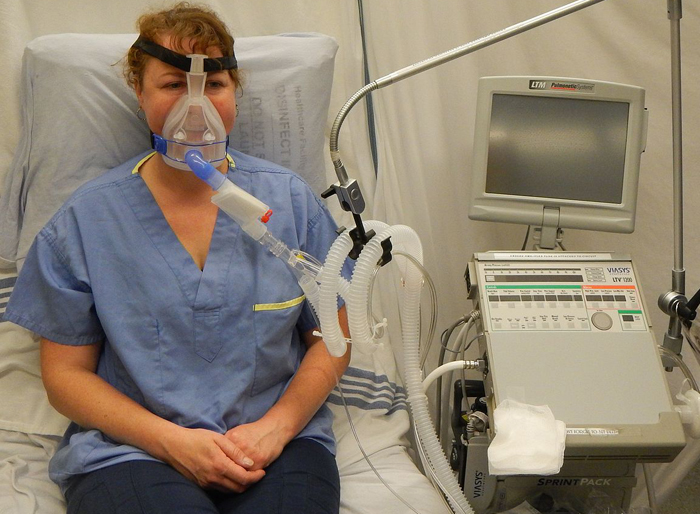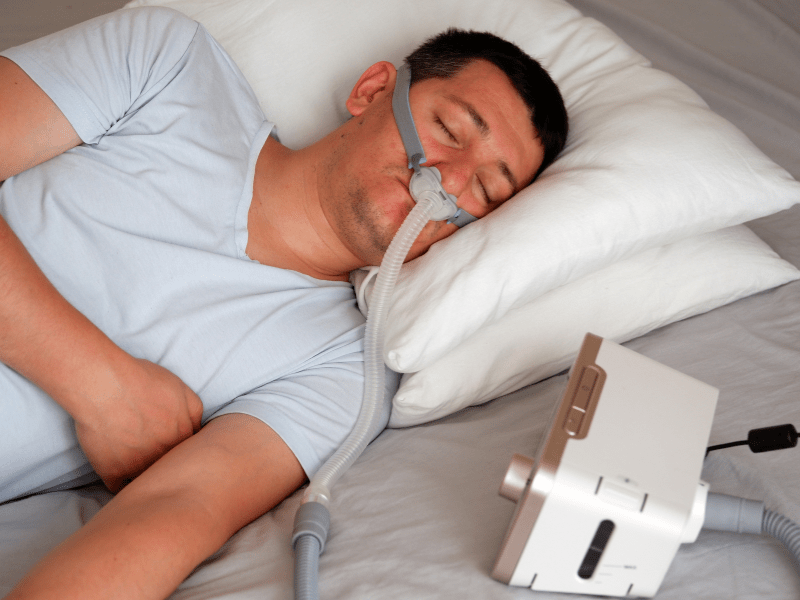Choosing the Right BiPAP Rental Package for Your Needs
Choosing the Right BiPAP Rental Package for Your Needs
Blog Article
Bipap vs. CPAP: Which Is the very best for Your Rest Disorder?
When navigating the complexities of rest problems, the selection in between BiPAP and CPAP treatment is a critical factor to consider. Each method supplies one-of-a-kind benefits customized to specific conditions, yet the choice pivots on specific person requirements and comfort levels. While CPAP gives a constant air flow appropriate for obstructive sleep apnea, BiPAP's twin pressure setups might improve comfort for those with even more complex respiratory problems. Understanding these differences can dramatically influence treatment efficacy, leaving one to contemplate which alternative really aligns with their wellness demands and lifestyle.
Understanding Rest Disorders
Sleep disorders encompass a variety of problems that disrupt regular sleep patterns, influencing both the quality and period of remainder. These disorders can show up in various types, consisting of sleep problems, sleep apnea, narcolepsy, uneasy leg disorder, and parasomnias. Each condition provides unique obstacles, typically causing significant daytime exhaustion, cognitive disability, and psychological disturbances.
Insomnia is defined by trouble falling or staying asleep, while sleep apnea entails duplicated interruptions in breathing during sleep, usually resulting in fragmented rest. Narcolepsy, on the other hand, is noted by too much daytime drowsiness and sudden sleep assaults. Uneasy leg disorder creates uncomfortable feelings in the legs, triggering an uncontrollable desire to relocate them, which can likewise prevent the capacity to sleep.
The effect of sleep problems prolongs past individual health, affecting total performance, connections, and lifestyle. Comprehending the specific nature of each disorder is vital for reliable diagnosis and treatment. As sleep health becomes increasingly recognized as an important element of general wellness, resolving these problems is crucial for boosting both rest high quality and everyday functioning.
How CPAP Works
Continuous Positive Respiratory Tract Pressure (CPAP) therapy is often utilized as a main treatment for obstructive rest apnea (OSA) The mechanism of CPAP entails making use of a device that provides a stable stream of air with a mask worn throughout rest. This airflow maintains favorable pressure in the respiratory tract, stopping the collapse or obstruction of the throat that can occur throughout sleep.
When a client takes in, the CPAP machine gives a constant flow of air, making certain that the air passage remains open - BiPAP Rental. This not just eases the signs of OSA, such as snoring and disrupted rest patterns, yet additionally reduces the affiliated health and wellness risks, consisting of cardiovascular issues and daytime fatigue
The stress settings on a CPAP equipment can be customized to fulfill individual client needs, usually figured out through a rest research study. Clients commonly go through titration studies to find the ideal stress level for their special problem. Routine follow-up and adjustments may be needed to ensure effectiveness and comfort. Overall, CPAP therapy has actually been revealed to substantially improve the quality of rest and general health for people experiencing obstructive rest apnea.
How BiPAP Works
BiPAP, or Bilevel Favorable Airway Stress, is a customized form of non-invasive air flow that is particularly valuable for individuals with problems such as complicated rest apnea or respiratory disorders. Unlike CPAP, which delivers a continuous stream of air at a single pressure, BiPAP provides 2 distinctive stress setups: a higher inspiratory pressure for inhalation and a lower expiratory stress for exhalation. This dual-pressure approach permits less complicated breathing, lowering the initiative needed throughout exhalation.
The device operates with a mask fitted over the nose or mouth, connected to a device that generates atmospheric pressure. When the person breathes in, the maker provides the higher stress to help with why not look here airflow, making sure that the air passage stays open. Upon exhalation, the machine immediately minimizes the pressure, making it more comfy for the patient to breathe out.

Trick Distinctions In Between BiPAP and CPAP

On the other hand, BiPAP (Bilevel Favorable Airway Stress) supplies 2 various pressure settings: one for breathing and a reduced one for exhalation. This dual stress system enables for even more comfy breathing, particularly for individuals that battle with exhaling against a constant stress. BiPAP is frequently suggested for individuals with intricate rest apnea, chronic obstructive lung illness (COPD), or those who need added assistance during rest.
In addition, the complexity of BiPAP devices usually causes a higher expense and needs a lot more mindful titration than CPAP. BiPAP Rental. Recognizing these key distinctions can help in identifying which tool might be better for certain sleep conditions, setting the groundwork for enlightened therapy decisions
Selecting the Right Therapy
How can one determine one of the most suitable therapy for handling rest problems? The decision between BiPAP and CPAP treatment largely hinges on the details characteristics of the sleep problem, the patient's general health, and their convenience with the gadget. CPAP, which provides a continuous stream of air, is typically recommended for obstructive rest apnea (OSA) It preserves right here an open respiratory tract throughout sleep, effectively preventing apneas and hypopneas.
Alternatively, BiPAP offers 2 degrees of stress: one for inhalation and a lower one for exhalation. This dual stress system is helpful for individuals with complicated rest apnea or those who experience trouble exhaling against a continuous pressure. In addition, BiPAP is typically suggested for individuals with breathing conditions, such as chronic obstructive lung condition (COPD), where differing stress setups can boost comfort and compliance.
Ultimately, a detailed analysis by a rest specialist, including a sleep study, can aid establish which treatment lines up ideal with the client's demands. Elements such as convenience, ease of usage, and certain clinical problems ought to additionally be thought about to enhance treatment results.
Verdict
In recap, both BiPAP and CPAP serve unique functions in the administration of rest problems. CPAP is effective for obstructive rest apnea with regular air movement, while BiPAP uses double stress settings that boost comfort for those with complex rest apnea or respiratory concerns. The selection in between these therapies must be guided by individual needs and problems, demanding a comprehensive examination by a sleep specialist to guarantee ideal treatment end results and improved quality of rest.
:max_bytes(150000):strip_icc()/GettyImages-635878206-25ee9a42856f41cfab94873074580679.jpg)
On the whole, CPAP treatment has been shown to considerably improve the high quality of sleep and general health and wellness for people enduring from obstructive rest apnea.
BiPAP is usually recommended for patients with complicated rest apnea, chronic obstructive pulmonary disease (COPD), or those that need additional assistance during sleep.
CPAP is reliable for obstructive sleep apnea with regular air useful link movement, while BiPAP supplies double pressure settings that improve comfort for those with complicated rest apnea or breathing issues.
Report this page